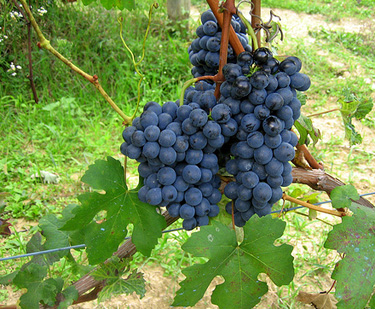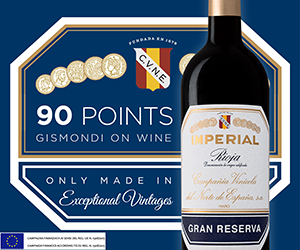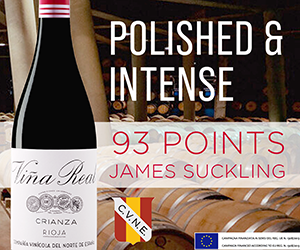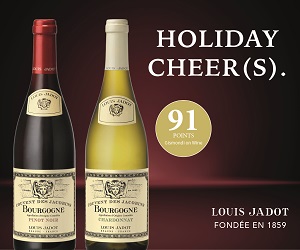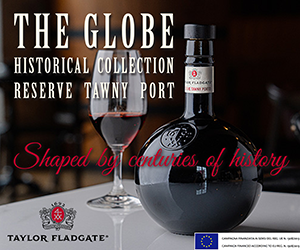Three hundred years is little more than a blink of the eye when it comes to Italian winemaking history, so it should be no surprise that the barbera grape, thought to be planted in the Asti area of Piedmont around 1700, is not even the region's oldest variety.
The first words about barbera have been traced to about that time, when it was cultivated in the Montegrosso d'Asti area, although it is likely the variety existed before that and was known by some other name.
While it may not be as old as other vines cultivated in Piedmont -- namely the moscato, grignolino and much heralded nebbiolo -- barbera's persistence over three centuries makes it one of the most planted grapes in the region. Yet despite dominating the Piedmont vineyards, barbera remained little more than the poor cousin of the aristocratic barolo well into the late 1980s.
That's because in Piedmont, nebbiolo, the grape used in barolo, has always been allotted the best soils and the best south facing slopes, and once turned into wine it was almost always accorded the region's best oak barrels.
Making matters worse, barbera grapes grew mostly unchecked, producing many bunches of grapes. That explains why, historically, barbera was the choice of many growers who preferred quantity over quality.
Today, barbera is still grown everywhere in Piedmont, although the best production areas are around Alba and Asti. Yields are coming down, which favours quality over quantity and use of new oak barrels is increasing. The result: Quality is at an all-time high and the wines are much suppler, with delightful flavours of cherries, chocolate, figs and licorice.
Under Italian rules, wines labelled barbera must be at least 85 per cent from that grape, with additions of freisa and/or grignolino and/or dolcetto to a maximum 15 per cent. The minimum alcohol is 11.5 per cent and the wine need only be aged four months. Barbera Superiore boasts 12.5 per cent alcohol and is aged for one year.
A small number of producers are blending a little nebbiolo into their barbera to bolster the barbera's natural, fruity flavours with nebbiolo's firmer, drier structure.
Barbera from the Piedmont goes well with stewed and braised meats, pasta with ragu sauce, vegetable soups and aged cheeses, but don't be afraid to experiment. I've just sampled six that are available in B.C. liquor stores, and here's what I found:
Last week I suggested that after a succession of mediocre years the quality at Batasiolo was beginning to turn around. A good example is its everyday barbera priced at a measly $12. It has an inviting, grilled cherry/licorice/fruit nose with earthy licorice and cherry flavours plus a wisp of tobacco. Soft and round, it will appeal to both the beginner and the sophisticated tippler.
The Borgo dei Laneri, owned by Bersano, is a Barbera del Monferrato. The nose is a mix of spicy, sweaty, sour cherry aromas, while the flavours are distinctly cherry/berry with a touch of mushroom and compost underneath. It has an acidity edge that sets up well for simple game dishes, stews or grilled meats.
Fontanafredda's Barbera d'Alba is lighter in the glass than most others in this group and has a lot more earthy/vegetal character and streaks of dried cherry fruit. The structure is leaner and the wine skinnier than its competition, but it should be fine with the right dish. Pappardelle pasta with mushrooms would do the trick.
Bersano Costalunga Barbera d'Asti is also light in colour, but the nose is rich with resiny, licorice, smoked-cherry aromas. Similarly full in the mouth, the flavours are a mix of game and smoked cherry. Round, supple tannins make it fun to drink now.
Last week's highly rated Batasiolo Barbera d'Alba "Sovrana" returned to face its peers and easily withstood the test. It's a single vineyard barbera aged in small oak barrels for approximately 12 months. Plum jam, cherry kirsch, earth and tar mark its aromas and flavours. It is very smooth and balanced, with low acidity. This quality barbera is good value.
The last wine, Parusso Ornati Barbera d'Alba, takes a big jump up the price ladder, but it's worth the $27. Rich cherry kirsch and almond aromas waft out of the glass of this young, intense red. Look for a powerful dried cherry flavour and plenty of rich, supple tannins. Good now, it will only improve over the next two to three years in bottle.
Written By: ag

 quicksearch
quicksearch

